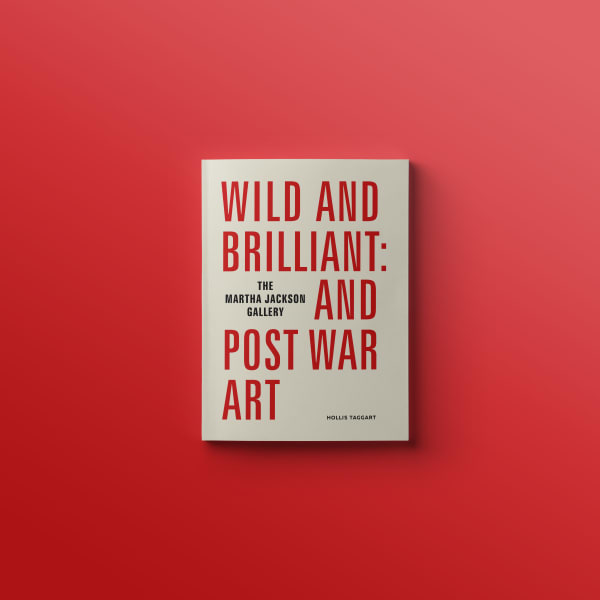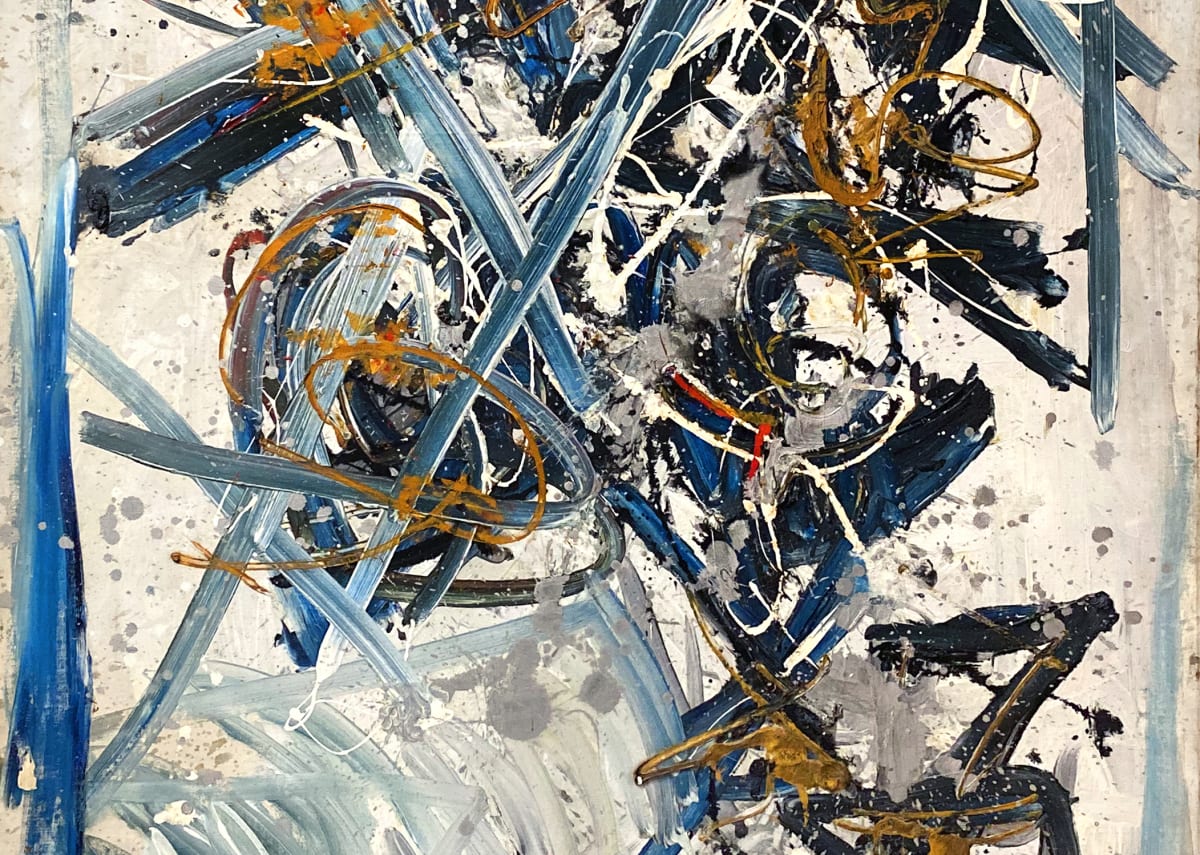
While often classified as late Surrealism or as a precursor of Abstract Expressionism, his emotionally charged abstract style holds a distinct place among the explorations of the avant-garde.
A vivid biomorphic style and uniquely tragic personal history define Arshile Gorky as a major figure in twentieth-century modernism. While often classified as late Surrealism or as a precursor of Abstract Expressionism, his emotionally charged abstract style holds a distinct place among the explorations of the avant-garde.
A vivid biomorphic style and uniquely tragic personal history define Arshile Gorky as a major figure in twentieth-century modernism. While often classified as late Surrealism or as a precursor of Abstract Expressionism, his emotionally charged abstract style holds a distinct place among the explorations of the avant-garde.
Born in Armenia, Gorky emigrated to the United States as teenager in 1920. He and his family left their native land under duress after the genocide and massive displacement of Armenians during the World War I. Gorky’s mother starved to death as a result of their forced march—later, her memory inspired a series of family portraits. Although the upheaval of his early life profoundly shaped his art, Gorky took pains to obscure his Armenian heritage. Born Vosdanig Manoog Adoian, the artist abandoned his given name for a more Russian-sounding pseudonym after coming to the United States. To perpetuate the deception, he even claimed to be a cousin of the writer Maxim Gorky. As a young man, Gorky studied at the New School of Design in Boston and, later, the Grand Central School of Art in New York, where he taught from 1925 to 1931.
In the 1920s and 1930s Gorky embarked on a self-directed effort to retrace the artistic revolutions of Cézanne and Picasso. He had relatively little interest in Analytic Cubism, but was particularly interested in Picasso’s flat, richly painted, and deeply colored Synthetic Cubist paintings of the 1920s. Gorky’s acquaintance with Synthetic Cubist work--specifically that by Picasso--came primarily through his familiarity with paintings in museums and in publications such as Cahiers d’Art, a leading periodical that featured reproductions of works by both Braque and Picasso.
During his first decade in the United States, Gorky befriended Stuart Davis and John Graham, two artists who were also pursuing Cubist motifs. Gorky, Graham, and Davis came to be known as the “three musketeers.” Graham became a particularly important influence on Gorky in the 1930s, providing Gorky with stylistic and intellectual material that would complement Gorky’s understanding of Cubism. Gorky also developed a close relationship with Willem de Kooning soon after the Dutch-born artist arrived in the United States in 1926, and he helped introduce him other artists working in New York.
In the mid to late 1930s, Gorky moved away from Cubism and toward the looser, more emotional style he would explore for the rest of his career. The Garden in Sochi series, created from 1936 to 1942, marked an important new direction for him, both artistically and personally. The series was inspired by the Gorky family’s garden in Khorkom, the Armenian village where Gorky was born and spent his early childhood. Biomorphic shapes reflect the strong influence of Joan Miró on the artist during this period. The colorful shapes scattered across the solid-colored ground are generally understood to contain symbolic references to Gorky’s life. These forms are rendered so abstract, however, that explicit narrative readings of these works are impossible.
Just as he reached artistic maturity in the mid-1940s, Gorky was beset by series of tragedies: a studio fire that resulted in the loss of much of his work, a diagnosis of throat cancer, a car crash, and the breakup of his second marriage. He committed suicide in 1948, still relatively unknown outside art world circles. By 1951, when the Whitney Museum of American Art mounted “Arshile Gorky: Memorial Exhibition,” Gorky’s stature as an important modernist painter was secure.
References
Herrera, Hayden. Arshile Gorky: His Life and Work. New York: Farrar, Strauss and Giroux, 2003).
Rand, Harry. Arshile Gorky: The Implications of Symbols. Berkeley: University of California Press, 1991).
News



















